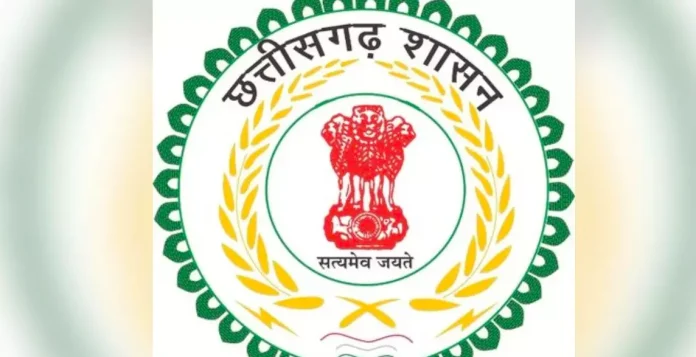After Chhattisgarh, the BJP-led Rajasthan government has now asked its police department to draft a formal proposal to replace commonly used Urdu and Persian words in official communication—such as documents, reports, notices, and signage—with Hindi alternatives, reported the Buisness Standard.
In a letter to the Director General of Police, Minister of State for Home Jawahar Singh Bedham instructed the department to prepare and submit this proposal for review and implementation. The government defends the move by claiming it will make policing more accessible and citizen-friendly. A similar initiative was undertaken in Chhattisgarh, where 109 Urdu and Persian words were officially replaced with Hindi equivalents.
This language shift, however, is not being seen merely as an administrative adjustment. Critics argue it reflects deeper attempts to erase the linguistic and cultural presence of Urdu—a language intricately linked with India’s rich syncretic heritage and widely spoken among Indian Muslims. Urdu and Persian have historically been part of administrative, legal, and literary systems in India, and their exclusion is increasingly being viewed through the lens of religious and cultural discrimination.
Although Minister Bedham justified the move by claiming that the current generation of police personnel and the general public are not familiar with Urdu and Persian terms, his reference to Hindi as the “national language” reveals a troubling inaccuracy. India does not have a national language; rather, it officially recognises 22 languages under the Eighth Schedule of the Constitution.
Furthermore, the minister claimed that many police aspirants avoid choosing Urdu as a third language, which makes them uncomfortable with existing terminology in police documents. However, this raises larger concerns about inclusivity, language diversity, and state responsibility in preserving linguistic heritage.
Language and religion are not the same—but in this case, the systematic sidelining of Urdu, a language closely associated with Muslim identity in India, hints at a deliberate political effort to marginalise a community’s cultural symbols. While promoting Hindi is a valid linguistic aspiration, doing so at the cost of erasing Urdu terms from institutional memory adds to the growing fears of communal discrimination under the garb of language reform.




